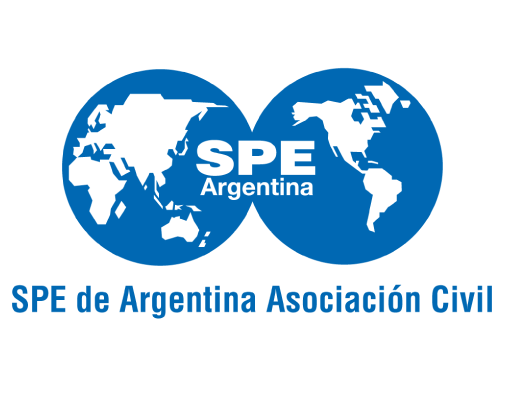Inscripción al curso
Ir al detalle del curso
| Place: | Buenos Aires, Argentina |
| Date: | 8 to 12 August 2016 (from 9.00 to 17:00 hs.) |
| Cost: | U$S 3,200 |
Borehole Seismic data provides the critical depth and velocity parameters needed to link seismic data with downhole log and well data.
Borehole seismic tools have evolved from single component sensors to modern seismic arrays. These modern tools, when combined with the latest technology in seismic source quality, navigational positioning, and computational abilities, can deliver in real time high resolution borehole seismic images that extend beyond the wellbore or into the interwell volume to reduce risk in drilling and development decisions.
This course provides a review of the latest tools, technologies, and applications of borehole seismic technology. A discussion of survery design and modeling is also included. This will provide an understanding of the applications of Borehole Seismic Data to Exploration, Reservoir Description, and Production.
Agenda
Day 1: Geophysical Principles – The seismic method-seismic response-basic concepts-reflection and refraction-velocity- seismogram borehole vs surface seismic types of borehole seismic. Sources and Tools – Impulsive Sources (Airguns) control systems Non impulsive sources (Vibros). Borehole seismic tools, classifications, characteristics CSI and VSI
Day 2: Checkshot Sonic Calibration and Well Tie – Velocities The Sonic Tool Sonic Scanner Checkshot Survey Drift Sonic Calibration and Synthetic Seismogram. VSP Processing – Multiples – Processing Sequence – Stacking, Normalization & Filtering -Upgoing and Downgoing Energy – Deconvolution – Corridor Stack
Day 3: VSP Processing Anisotropy and AVO – Phase Matching – estimation of QFactor – concepts of anisotropy – Thomsen Parameters – AVO calibration parameters from walkaway and walkaround VSP – parameters from other sources. VSP Imaging – Offset VSP coverage – Data Processing NMO/CDP mapping – GRT migration Walkaway VSP coverage – VSP in deviated wells 2D and 3D VSP
Day 4: Survey Design and Modeling – Practical and theoretical modeling concerns basic modeling ray tracing modeling. Reservoir, Production, and Drilling Applications – Salt proximity surveys – Aplanatic method – Deeplook CS TimeLapse BHS surveys single well survey – seismic while drilling (SWD) – Lookahead VSP – Borehole Microseismic surveys
Day 5: Examples – Exercises Case Histories
Instructors
Eduardo Corti
